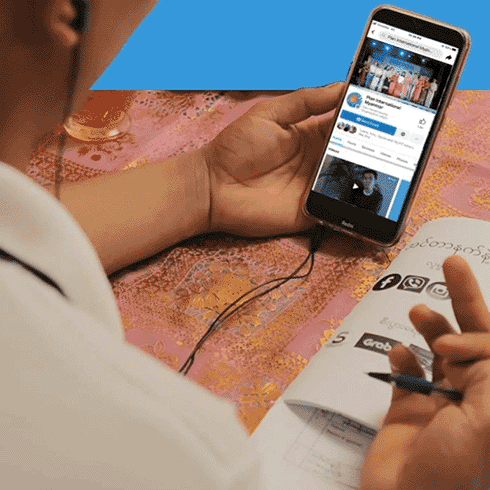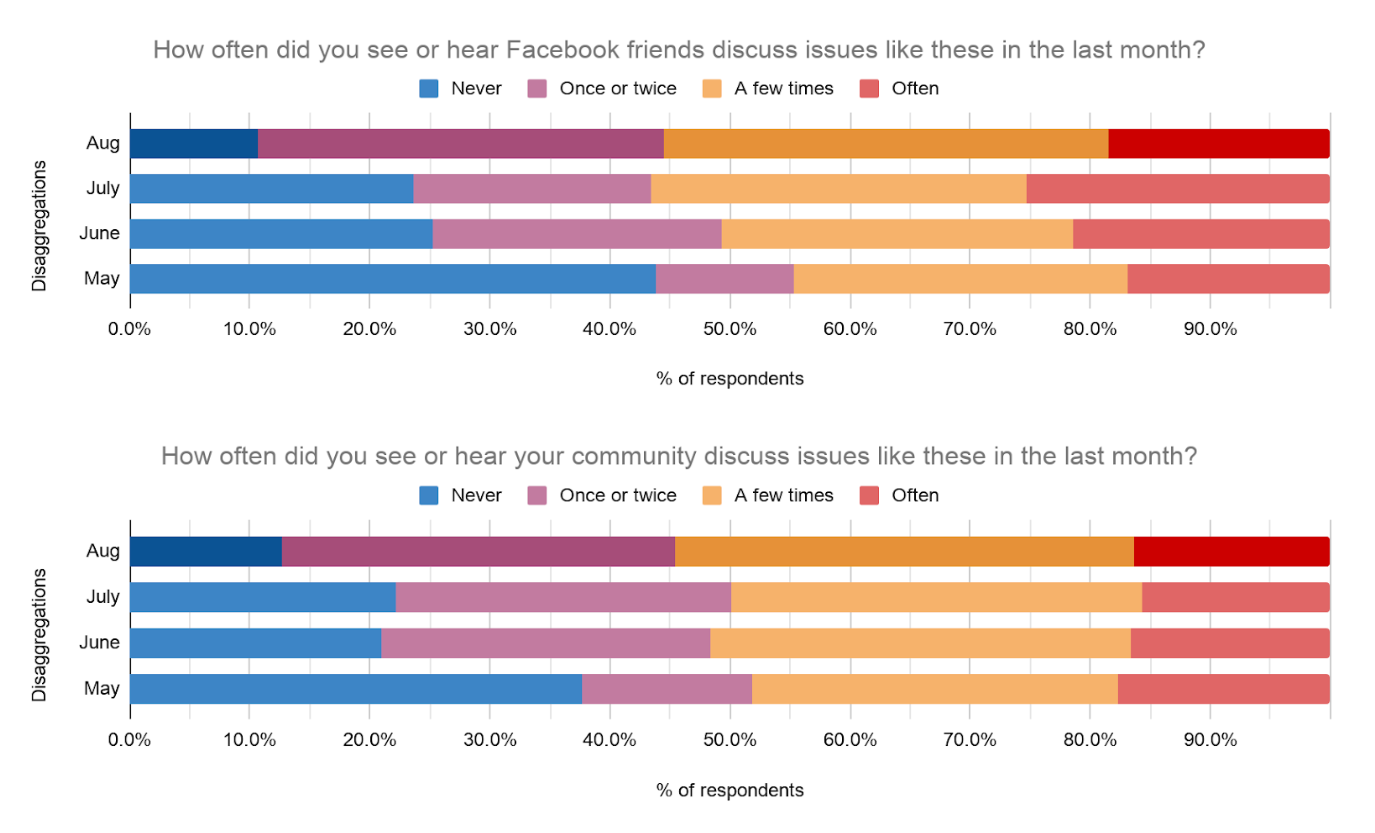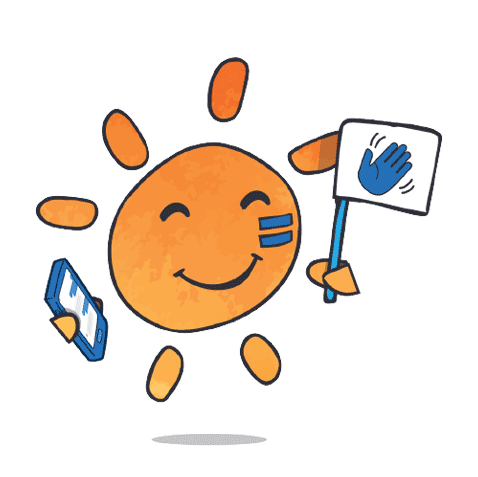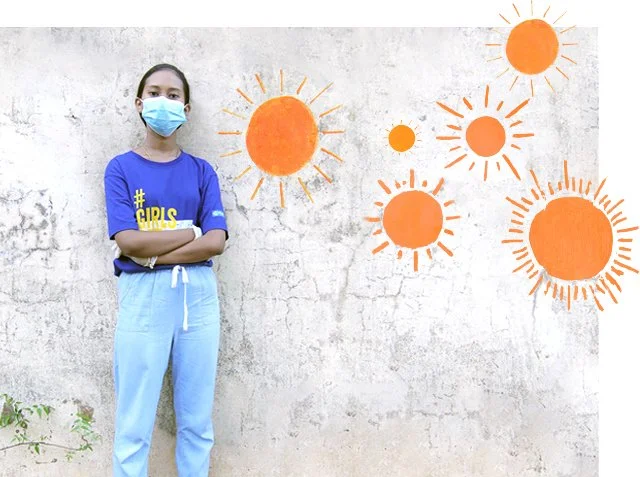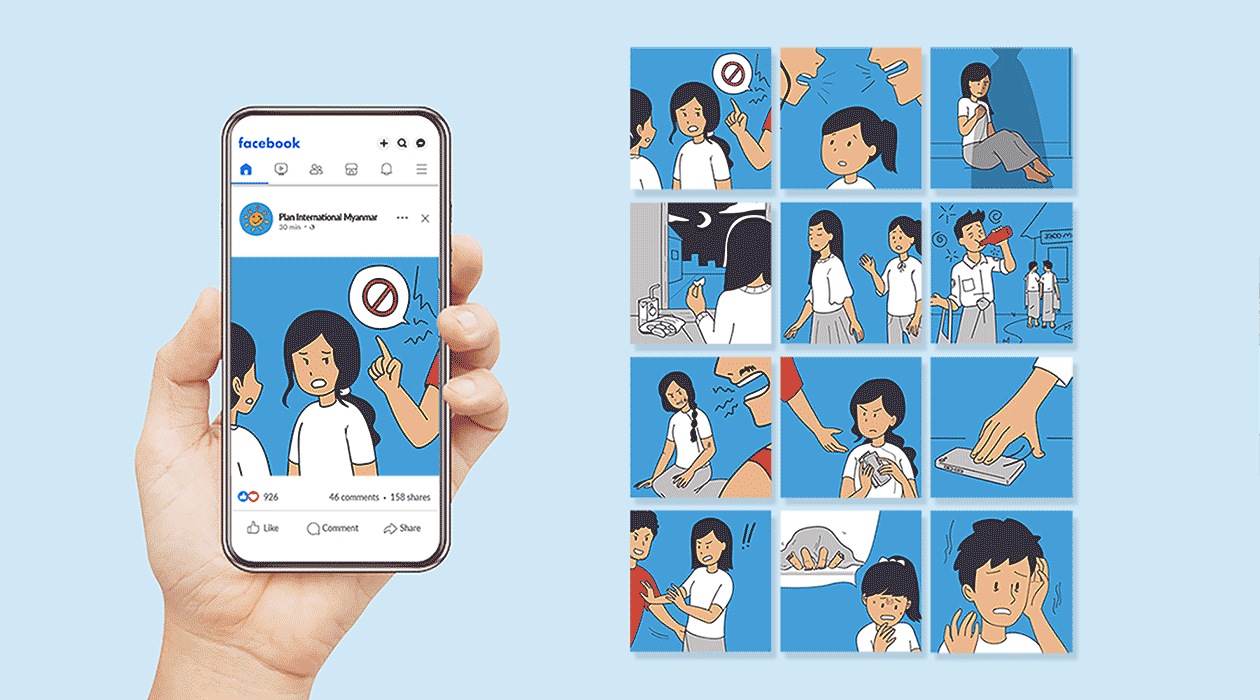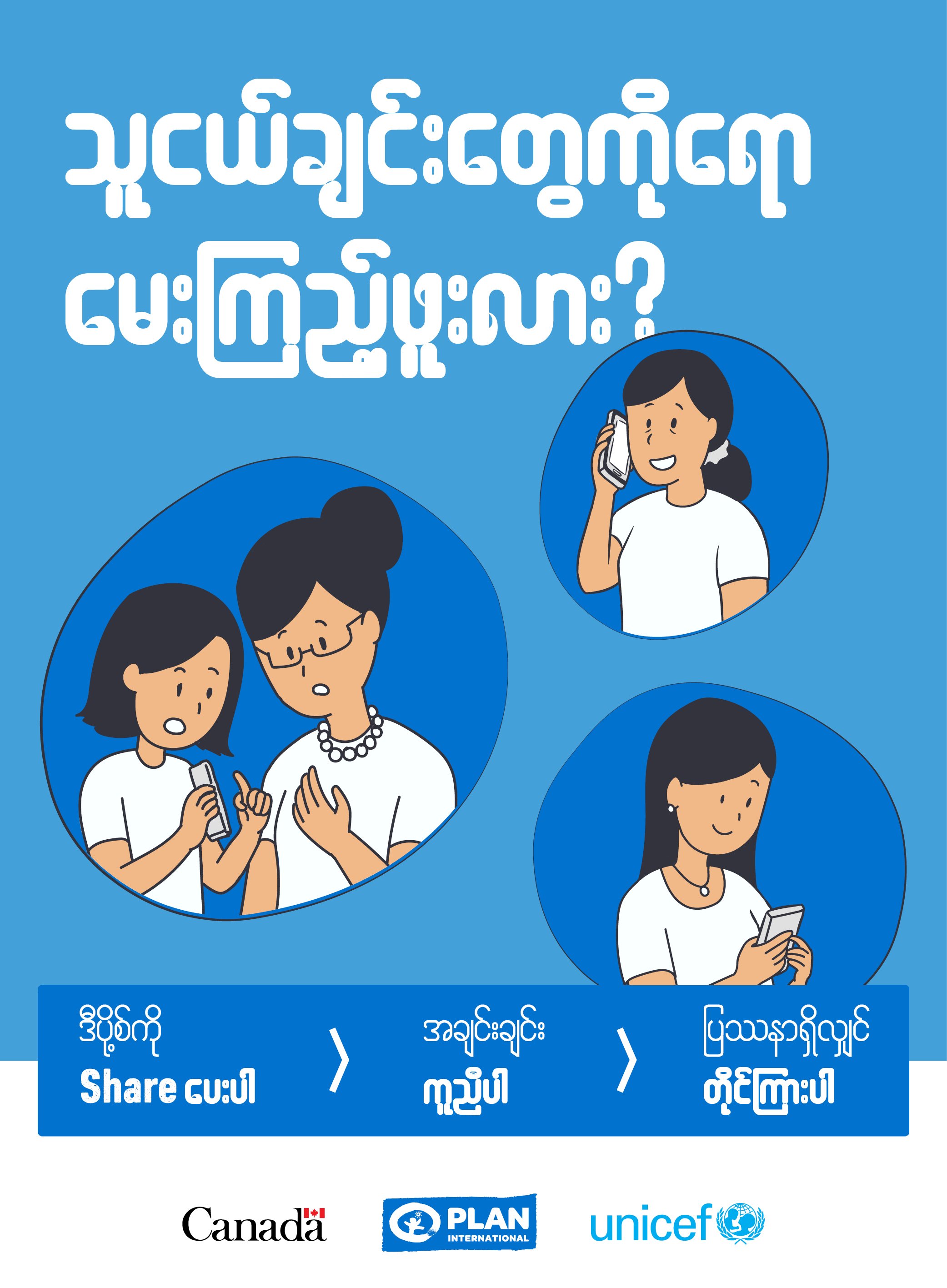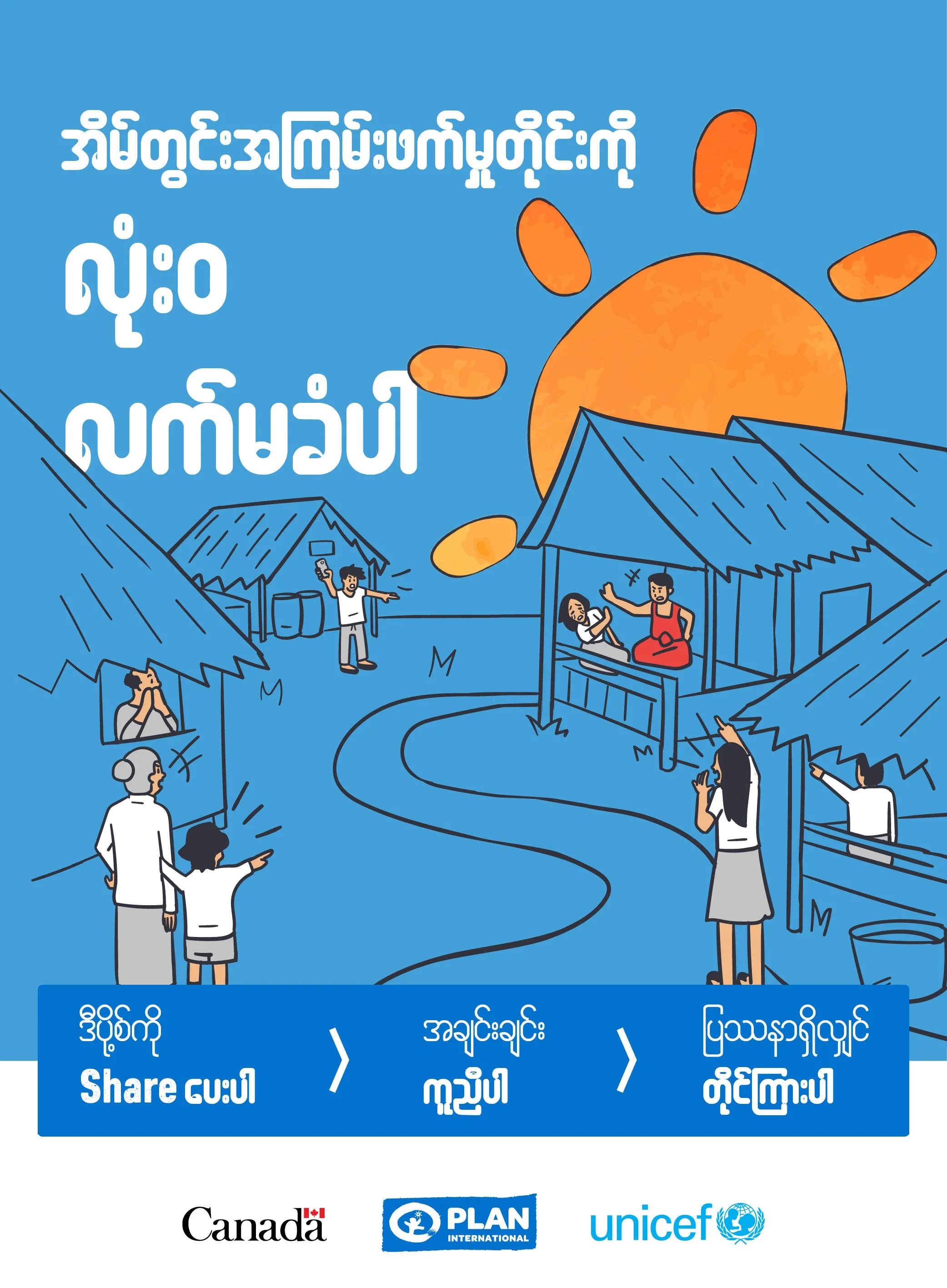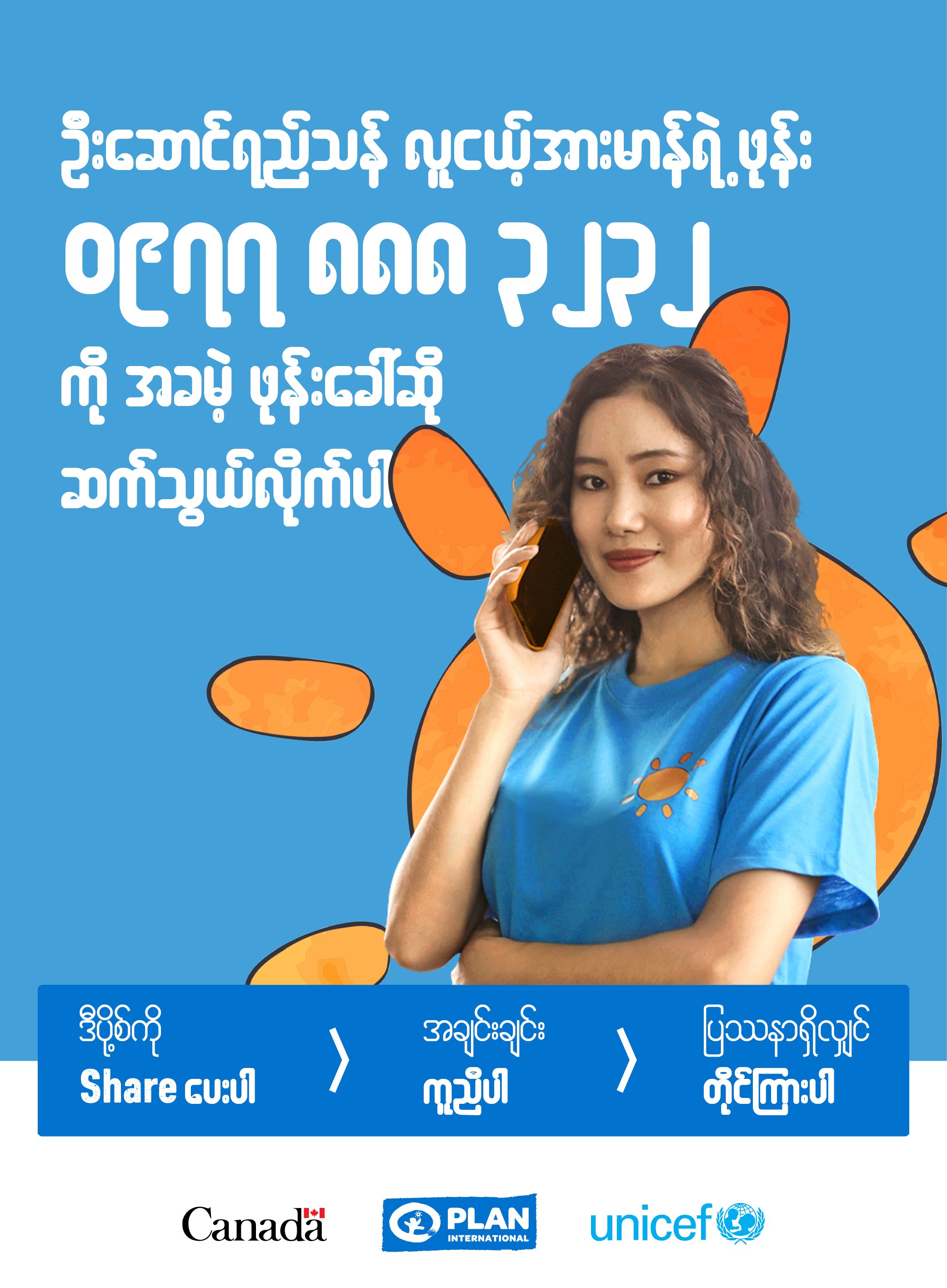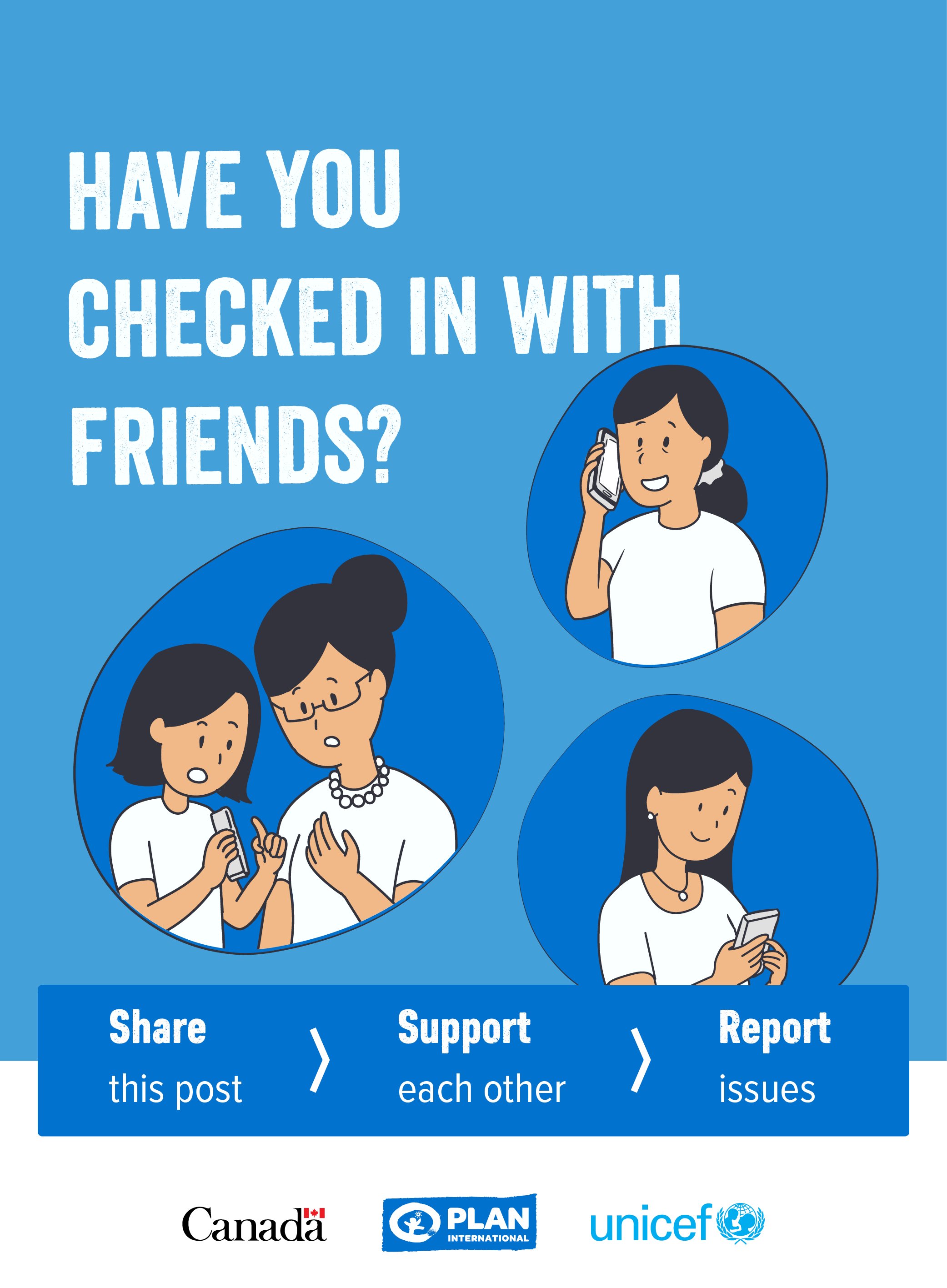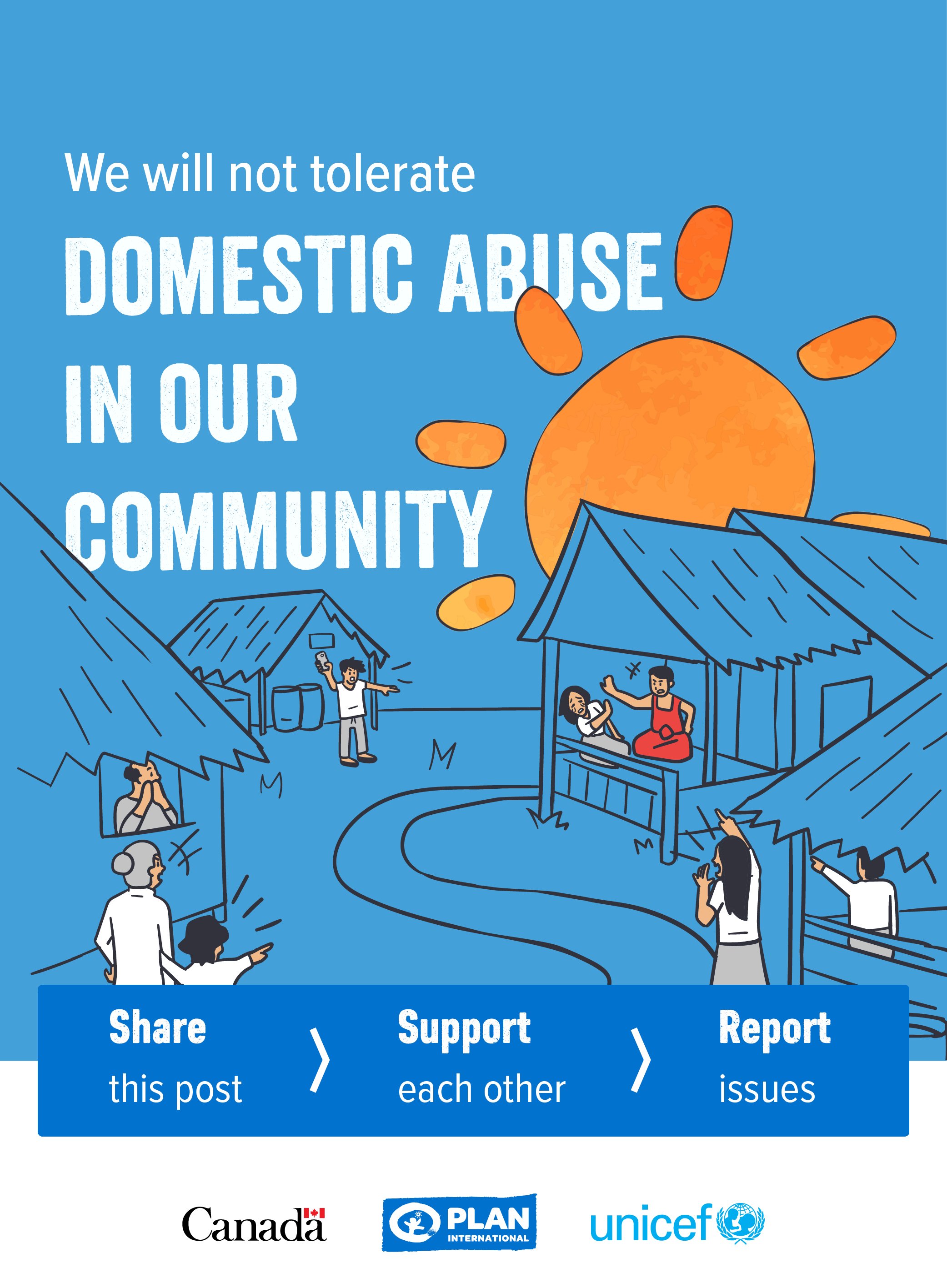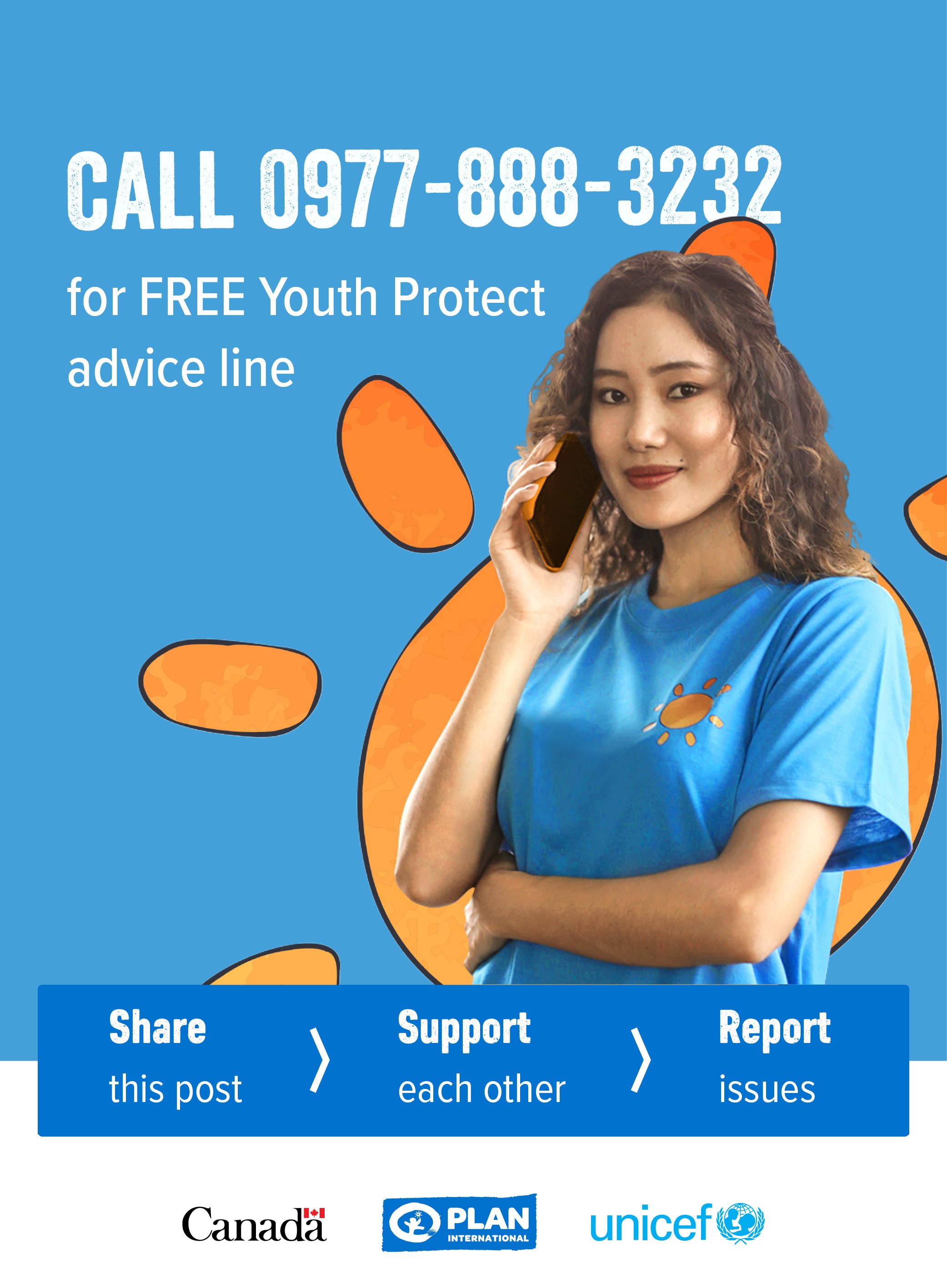Youth Protect
Empowering young leaders to be the change they want to see in their communities.
At the height of the COVID-19 pandemic, with communities and field staff isolating at home, UNICEF and Plan International Myanmar championed their first-ever youth-led education and protection campaign in IDP camps and surrounding villages.
With
Plan International & UNICEF
Objective
Empower youth to become leaders, share information about the pandemic and support and protect each other—especially women and girls—from violence and abuse during social isolation
Demographic
Youth Leaders and their peers in IDP camps and surrounding communities
Types of work
Strategy, Research & Evaluation, Behaviour Change, Campaigns, Social Media, Storytelling, Animation, Illustration, Media & Influencers, Translation
Themes
Youth Empowerment, Gender Equality, Child Protection, Resilience & Mental Health
The project’s novel data approach and effectiveness at tackling issues of gender equality, child protection and different forms of abuse, especially against women led to its submission to the INSPIRE interagency framework for preventing violence against children and youth.
Bridge collaborated to design an ambitious, youth-led campaign leveraging existing youth networks to listen to communities, promote awareness, and safe behaviours, build resilience and solidarity, and link people to services.
Strategy
Travel was heavily restricted, with youth and field staff isolating at home, 120 youth leaders (60 in Bagan and 60 in Kachin) were recruited, trained and tasked with forming sub-groups within their respective communities.
Youth leaders were given smartphones with Viber, Messenger and WeChat and regular credit. They would then engage in regular check-in calls or meetings with field staff and people in their contingent.
They were trained through webinars to use and share IEC materials uploaded onto their phones and to form monitoring groups in each village. This continued as regular mentoring to effectively gather and disseminate information among peers and communities through social media and digital platforms.
Measurement
As Plan staff were recalled from the field due to COVID-19, they became a telephone-based survey team, conducting 4 rounds of longitudinal testing with over 350 respondents in the project areas. This allowed us to measure how knowledge, attitudes and even proxy behavioural indicators were changing over time.
These responses provided monitoring at a time when no staff could travel to communities, and helped inform content dynamically as the campaign progressed.
“The longitudinal survey data served as the basis for all campaign-related decision-making, sculpted the content and language of digital assets, and allowed us to advocate for government-funded psychosocial support.”
-Project leader, Plan International
Campaign symbol
A campaign symbol was
designed that would spark
positivity and could be used
on- and offline.
One of the youth leaders in Mandalay after having drawn the campaign symbol to raise awareness about the campaign in her community.
Social media activities
In order to effectively engage and support youth leaders in Mandalay and Kachin we developed communication assets for different touchpoints: Plan International Facebook page, closed FB groups,
a chatbot, an IVR (helpline) and
a qualitative survey.
Campaign activities
Since part of the audience was located in IDP camps and access to internet was limited, a dedicated helpline informing about the different topics was created through IVR technology, The helpline provided information about the topics but also encouraged listeners to take action and provided contact details of local authorities who could provide support related to the issues.
Illustration & Animations
Illustrations and animations provided easy to understand locally adapted information. Materials were adapted into multiple local and national languages.
We secured collaborations with renowned influencers tailored to the target demographics, to help young people hear about and share information.
“Being a youth leader I am now more aware of gender issues and abuse targeting women and children. These issues are big and complicated and won’t go away overnight. That’s why we need to start helping each other, starting from our community.”
— July Soe, Myitkyina Youth leader
Key numbers
4m+ online reach
•
6000+ contacted by phone
•
120 villages
•
4m+ online reach • 6000+ contacted by phone • 120 villages •
120 villages
•
6000+ contacted by phone
•
4m+ online reach
120 villages • 6000+ contacted by phone • 4m+ online reach
Results
93% had discussed child protection with friends at endline (up from 74%)
67% increase in those who felt friends, family and neighbours would support them if they reported a child protection issue.
96.4% felt women should expect the same as men at endline (up from 88.7%)
Anxiety & isolation and drink & drug abuse were identified as most prevalents issues facing our target demographics
Legacy
Youth leaders and field staff were trained in phone-based campaigning and computer assisted phone interviews (CATI). This provided a key research and evaluation skill, but also highlighted the importance of two-way communication in behaviour change communication, especially during chaotic or abnormal circumstances.
The data obtained through our novel approach was important both in programme adaptation during Covid-19, and advocacy.
“Learnings gathered through this project's design and implementation have become guidelines for best practices for behaviour change communication and information and communications technology for development and are now even included in INSPIRE, a global interagency framework for preventing violence against children and youth.”
— Chief of Child Protection, UNICEF


